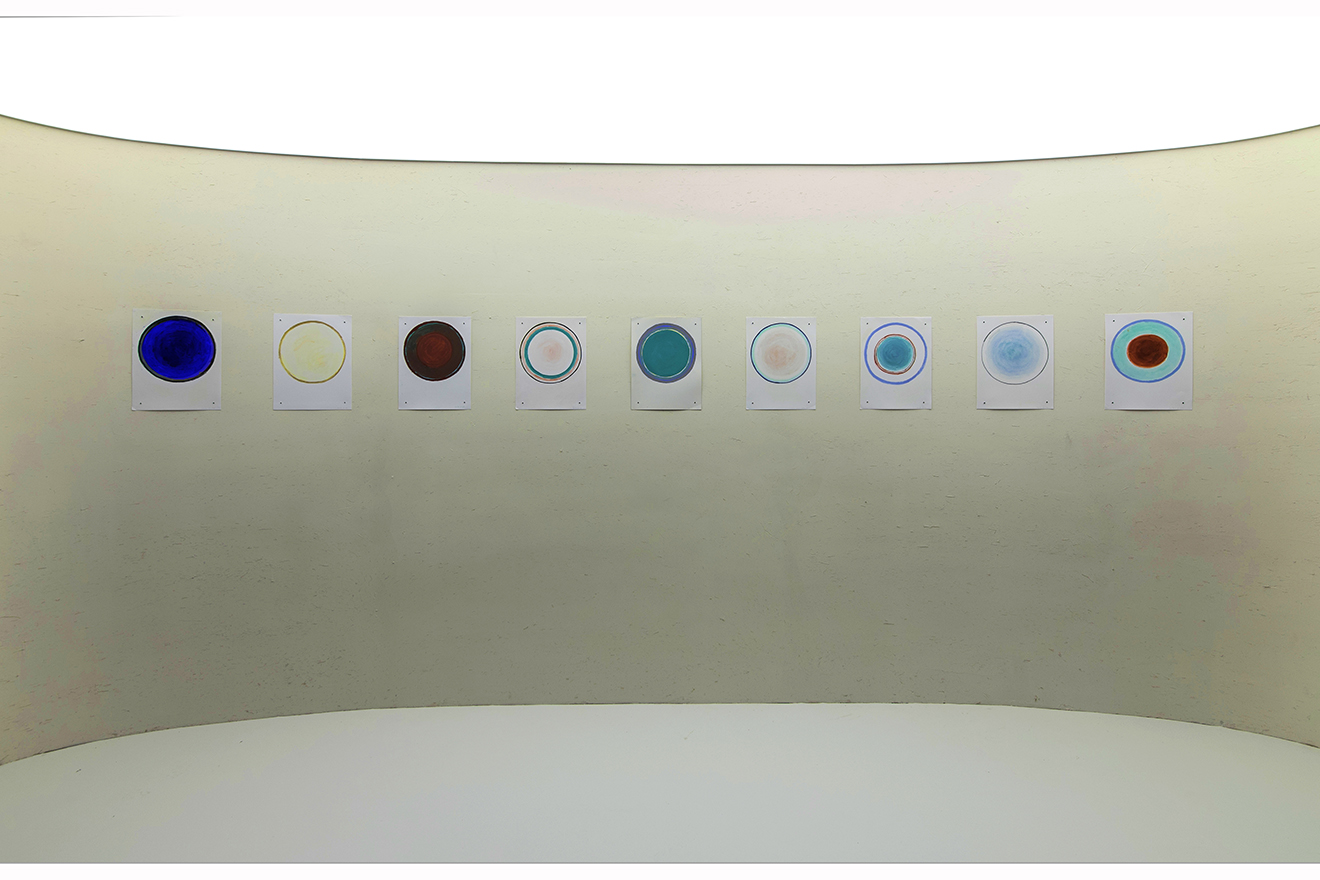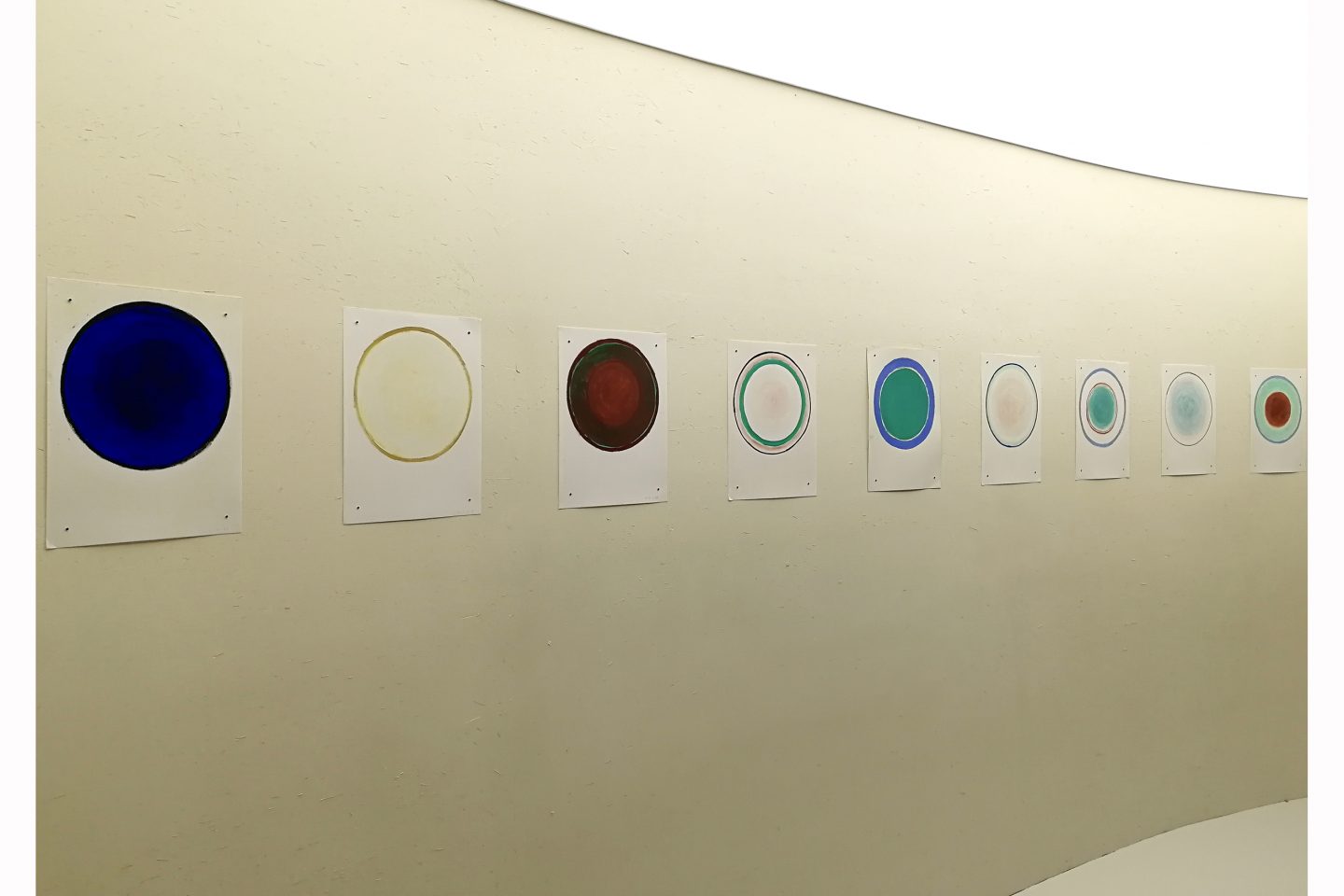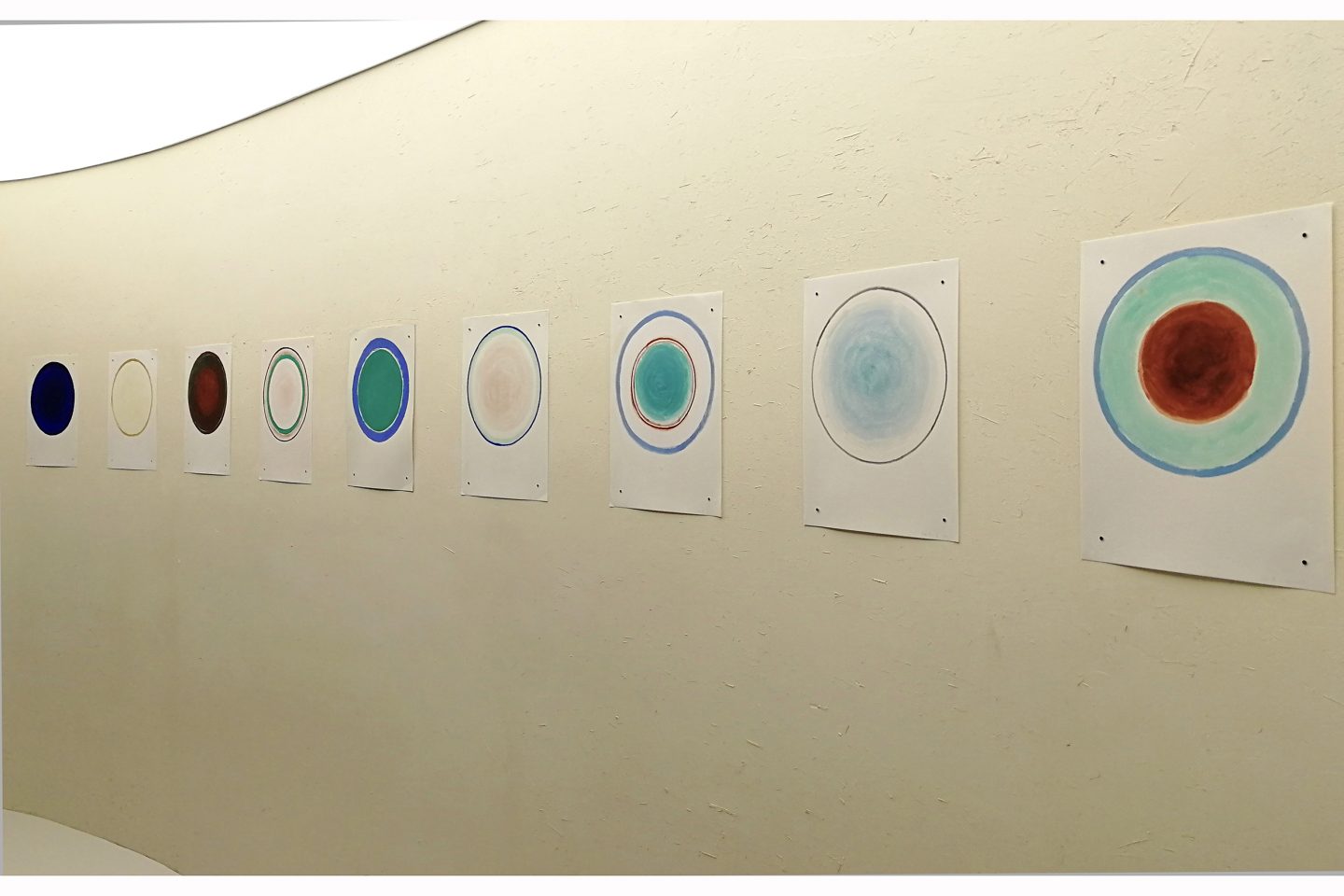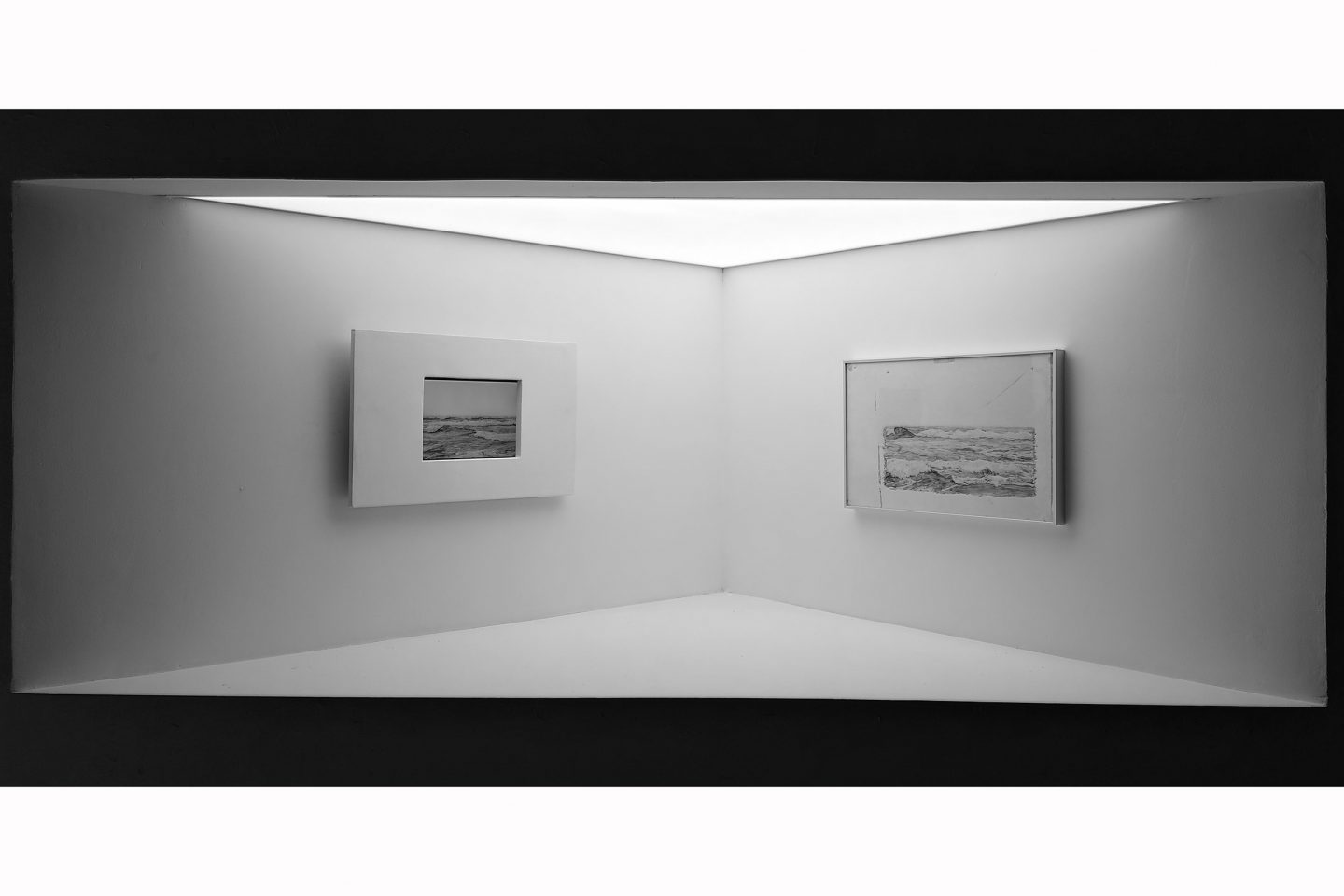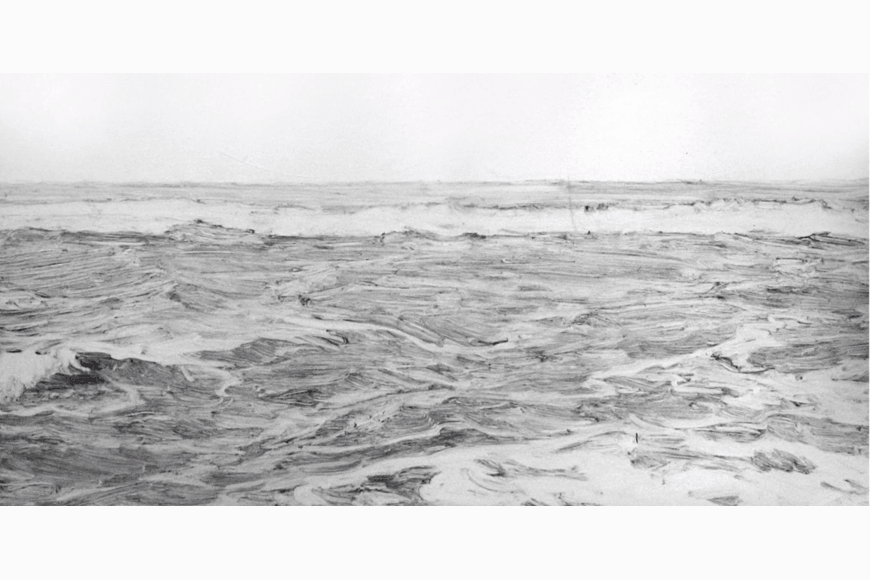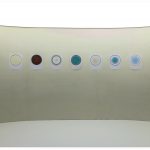
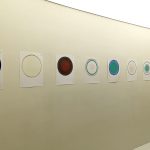
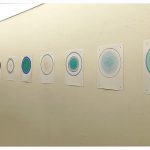
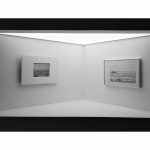
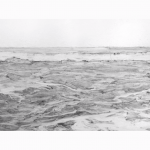
“Stranger” is a stranger living in the future. We know only few things about the civilization the stranger lives in: It is an era after the technological singularity. The world’s system of understanding is, in general, unified. The average life expectancy of the world’s population has greatly extended, and the proportion of work is much smaller. Hobbies, especially the collection of old things, are far from uncommon and can indeed be said to be quite widespread. So-called old things include not only the “artwork” of previous civilizations, but also various artifacts, data, and even archeological discoveries from different worlds. They are usually placed in one room, in part because the naturalistic association of the collection is technically no longer dependent on the existence of space. Rareness is no longer the core of a collection’s value. A collector’s intelligence is invariably linked to each piece. The resulting collection is always shared with the outside world and connected to the whole civilization of that era. Regarding Stranger’s own life, we know only a few bits of information: Stranger is middle-aged, whose ancestors once lived in a megacity known on Earth as “Shanghai”. Here, as we span both time and space, we open four capsules of Stranger’s own personal collection, merging ourselves with it and becoming one with it….
The Halo series were inspired by the halo of the Buddha in the Dunhuang frescoes. The originally murals are imbued with a sense of geometric order as well as a sense of contingency by hand-painted strokes. The colors are pure and simple. The artist selected the circles out from the mural and focused on them. Halo is not real, but in this series it was constructed by reality. The artist tried to find a balance between the paintings themselves and the subject depicted – the materiality of the paintings and the subtle conversion of the status of the matters conveyed by her strokes.
The stop-motion animation is produced in conjunction with the artist’s painting series, “Ocean”. It looks like a simple output of the ocean’s dynamics. The artist made a number of drawings of the ocean in similar and subtly different states. Then a motion picture is made after arranging the sequences of drawings and shooting. The painting series “Ocean” shows Shi Zhiying’s understanding and expressions of brushstrokes. She gives each stroke its own state, and then gradually expands the experience of every single into the overall picture. She uses the interaction of brush strokes to represent the visual transformation of an image appearing and disappearing.
